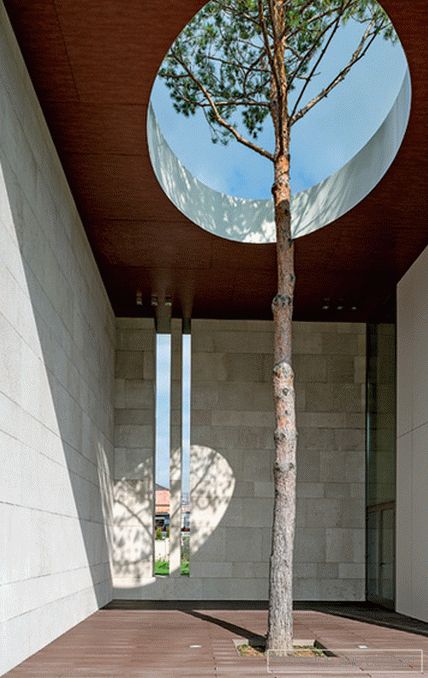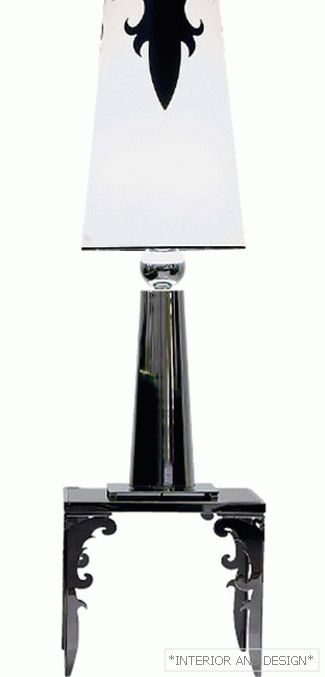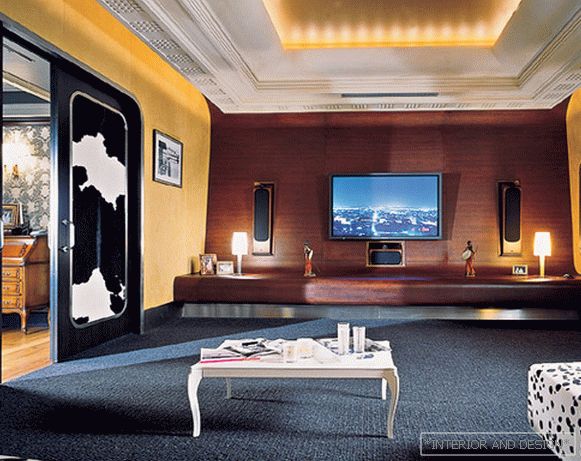How over the 20th anniversary people changed their perception of the interior, how private architecture and furniture design developed, and who set the tone in interior fashion — all this was reflected in the pages of SALON – interior
 Passing the gallery
Passing the gallery Magazine: N1 (200) 2015
It is customary to measure the change of generations by 20 years, to give each a characteristic and a name. And, perhaps, it will take some time to fully appreciate the past 20 years. But now we can say that this was the period of the revival of Russian private architecture and the formation of interior and stylistic preferences. These were years of unprecedented opportunities, as well as new ideas about lifestyle. In Soviet times, special life styles and concepts about the ideal home were formed, there were their own objects of desire and the limits of dreams. All luxury was inventoried and exhibited in museums; people learned about the life of the wealthy estates from books and films. Decorative and applied arts and technical aesthetics were in use, and the design was started only when imported items, cars and clothes appeared in the stores. Therefore, the first interiors of the post-Soviet period were distinguished by the previously unacceptable brightness and boldness of ideas with rather scarce possibilities for implementation. After all, the market for furniture and building materials was only being formed. Gradually, people’s perception of their personal space changed, often there was a desire to incorporate the urban environment into it, and columns, bridges, and street lights appeared in the apartments. Along with the first travels, the fashion for interiors in ethnic styles arose: Japanese, Chinese, and Arabic were popular, among European ones, Provence and English style were especially loved. And when business trips and travels became familiar, interiors in the style of expensive hotel rooms became fashionable. The classic style also experienced transformations — from modest styling to luxurious palaces; from eclectic compilations to elegant and moderate classics. The last decade has been marked by the triumphant return of Art Deco. Now the course for individuality and restraint is taken: paints soften, lofts settle down, solid country houses are being built, shady parks are broken. Architects and designers are more focused on privacy than on the trend of fashion. It is worth noting the improved technology of construction and glazing, which dramatically influenced the appearance of buildings and interiors. Engineering systems, electronic control "smart home" allowed to achieve a new degree of comfort, and LED technology has unrecognizably changed the nature of lighting. The design community is now eagerly following the development of 3D technologies. What will happen in 20 years?
Read the full text in paper or


